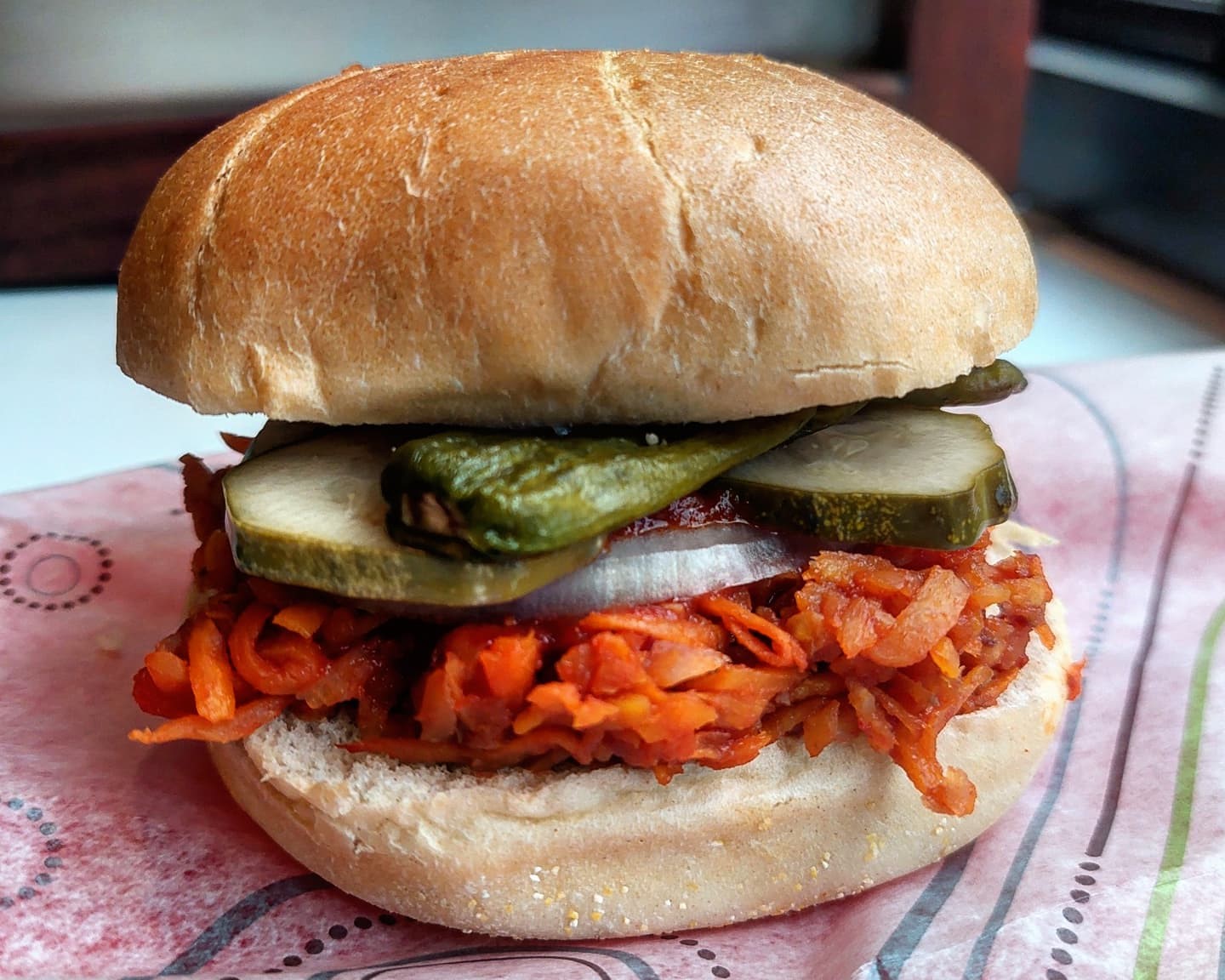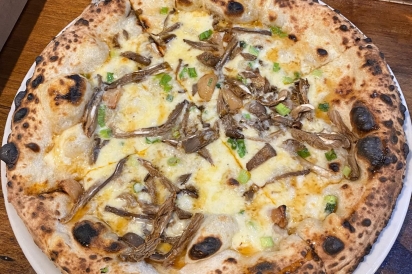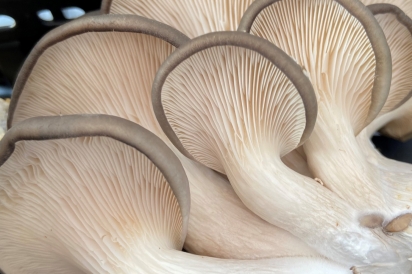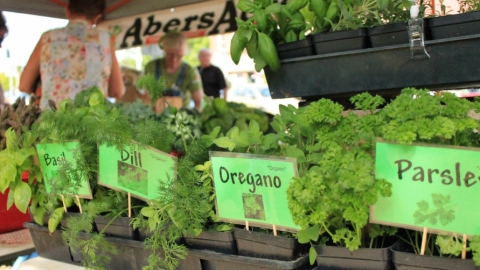What Local Chefs Wish You Knew
In the not-too-distant past, fine dining and upscale restaurants were praised for their ability to source foreign, even exotic products: caviar from Russia or wine from France.
But a confluence of factors has altered the prism through which we judge restaurant food and drink. For one, getting products from far-flung corners of the world is as easy as tactically tapping a smartphone. Also, we’ve come to realize that local products can be just as good as, if not better, than what’s available through global supply chains.
Chefs and restaurant owners have driven this prismatic shift, but they’re also caught up in it. Diners paying a premium for their food are now more likely to furrow their brows if they discover the bacon, lettuce and tomatoes on their $12 BLT aren’t from a local farm. It’s at the point where we food writers aren’t doing our jobs if we don’t ask the chef or owner of a new upscale restaurant, “Hey, where do you get your ingredients?”
On the flip side, locally minded diners expect to see things like olive oil and avocados on a modern menu, neither of which is produced here in Western New York. To meet the sometimes-conflicting expectations of their customers, restaurants and their chefs must pick and choose what to source locally, and what to buy from outside the area.
At Jay’s Artisan Pizza in Kenmore, quality is a major factor when it comes to choosing products and ingredients.
“When we source our ingredients, we look at the quality and how responsibly raised and grown the produce is,” says owner Joe Powers. “If we can find something locally that is of the same or higher quality as something we get imported, then we will buy the local product. We find it important to use local ingredients and also support our local farms. Like us, they are small businesses.”
Of course, at a pizza restaurant, some sourcing decisions are made for you. Flour, tomatoes, cheese and olive oil are all necessities and local availability of those ingredients can vary significantly. At other restaurants, sourcing decisions aren’t as straightforward.
Ryan Fernandez is the chef and owner of Southern Junction, which serves Texas barbecue with a South Asian twist. The cuisine reflects Fernandez’s own background: His childhood was spent in India, and his formative years were spent in Texas.
Fernandez says he goes through so much brisket, there isn’t a local farm capable of keeping up with his demand. But rather than opt for a national supplier like the Tyson-owned IBP (former Iowa Beef Packers), or Excel Fresh Meats, Fernandez uses the Kansas-based Creekstone Farms, which he calls a medium-sized farm. Passing on big national suppliers was particularly beneficial last year, when those companies were hit with massive COVID-19 outbreaks.
“When the meat processing plants shut down due to COVID, it didn’t really affect my brisket supply,” Fernandez says. “If I had been using IBP, Excel or any of the national box beef brands, I wouldn’t have been able to get in brisket. Of course, the Creekstone Farms prices went up, but at least I didn’t have to tell people: ‘Whoop, no brisket this month.’”
For many of his other ingredients, Fernandez opts for local suppliers. In particular, he shouts out Flat #12 Mushrooms and owner Robbie Gianadda.
“I was recently in the Eataly market in New York City checking out the oyster mushrooms, which are about the same price and size as they are at Whole Foods,” he says. “But when I go to Flat #12 Mushrooms in Black Rock, you can get these giant oyster mushrooms that are the size of steaks for the same price. It’s kind of mind-blowing how, if you just look within your own area, you can find all these crazy things you normally wouldn’t think of, and it expands your brain with respect to what you want to cook.”
In addition to getting his mushrooms from Flat #12, Fernandez also says he gets culinary advice. Good local suppliers take a lot of pride in knowing their products inside and out. Passing this knowledge on to their clients helps them, and it boosts sales.
“Because I am a new restaurant owner, local producers are willing to show me 20 million ways I can utilize their products,” says Fernandez. “It makes it worth my while to buy the products and execute what I learned. You’re not going to get that out of larger scale operations.”
At Café Godot on the West Side of Buffalo, chef and co-owner Kevin Thurston offers a rotating menu that is partly dictated by local products and their seasonal availability.
“We’re growing a clientele that’s willing to take a trust fall with respect to the menu,” Thurston says. “Someone might see a new menu item that looks weird, but they’ve liked everything they’ve had so far, so they’ll give it a shot.”
Thurston and other chef-owners all cite costs as part of their decision-making process. Because our local farms don’t produce at massive scale using industrial farm equipment, their prices rarely undercut commodity products.
“Sometimes, I think there’s a perception that the higher price tag of locally sourced food is almost like a vanity tax,” Thurston says. “But it’s not like that at all. It’s actually about everyone getting paid properly for their work.”
“Paying for quality is something that you have to do if you want a quality product,” notes Powers. Buying decisions are often made in the moment. If a restaurant starts selling a lot of potatoes, more potatoes need to be ordered. But with a bit of foresight, the decision of where to source those potatoes is made during a restaurant's gestation period. Ultimately, the business plan of a restaurant establishes a foundation upon which future decisions are made.
“It’s kind of a decision you have to make right when you start your business,” Fernandez explains. “What’s more important to you? Do you want to be open for long hours and crank out high volume? Or would you rather pick and choose what you sell and be part of a good, small crew of people that truly care about what they do?”










